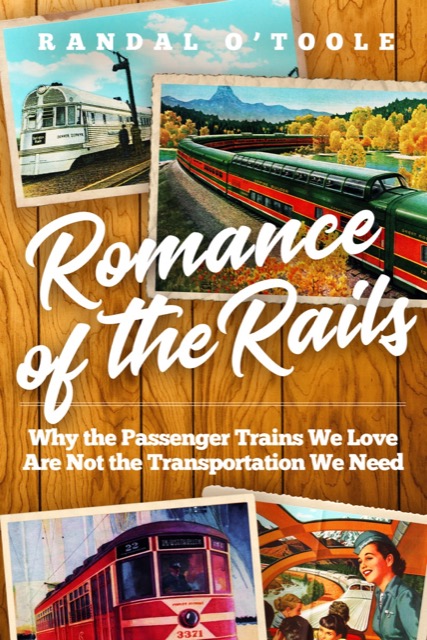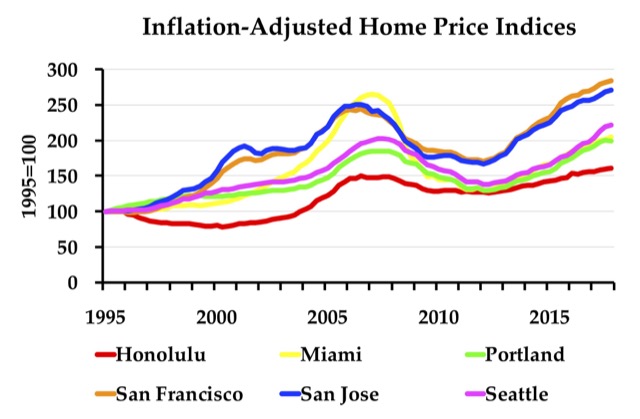A severe curtailment of charter trains. New restrictions on hauling private cars. Elimination of dining cars on some trains. Elimination of the Coast Starlight‘s Pacific Parlor Cars, which the Antiplanner called the only redeeming feature of Amtrak’s long-distance trains. Perhaps even phasing out long-distance trains completely.
These are some of the changes taking place under Amtrak’s latest CEO, Richard Anderson, a former Delta Airlines executive. Amtrak’s previous CEO, Wick Moorman, was in charge for only about a year and the main work he did was to shake up the executive suite to make it operate more efficiently. Anderson, however, seems more willing to take on sacred cows in the name of efficiency. If you love intercity passenger trains, however, the things he is doing are likely to alienate many of the company’s political supporters.
The long-distance trains are only the most obvious example. With them, Amtrak serves all but four states. Without them, it serves less than half the states. If less than half of the members of Congress support Amtrak, Amtrak disappears. Continue reading









